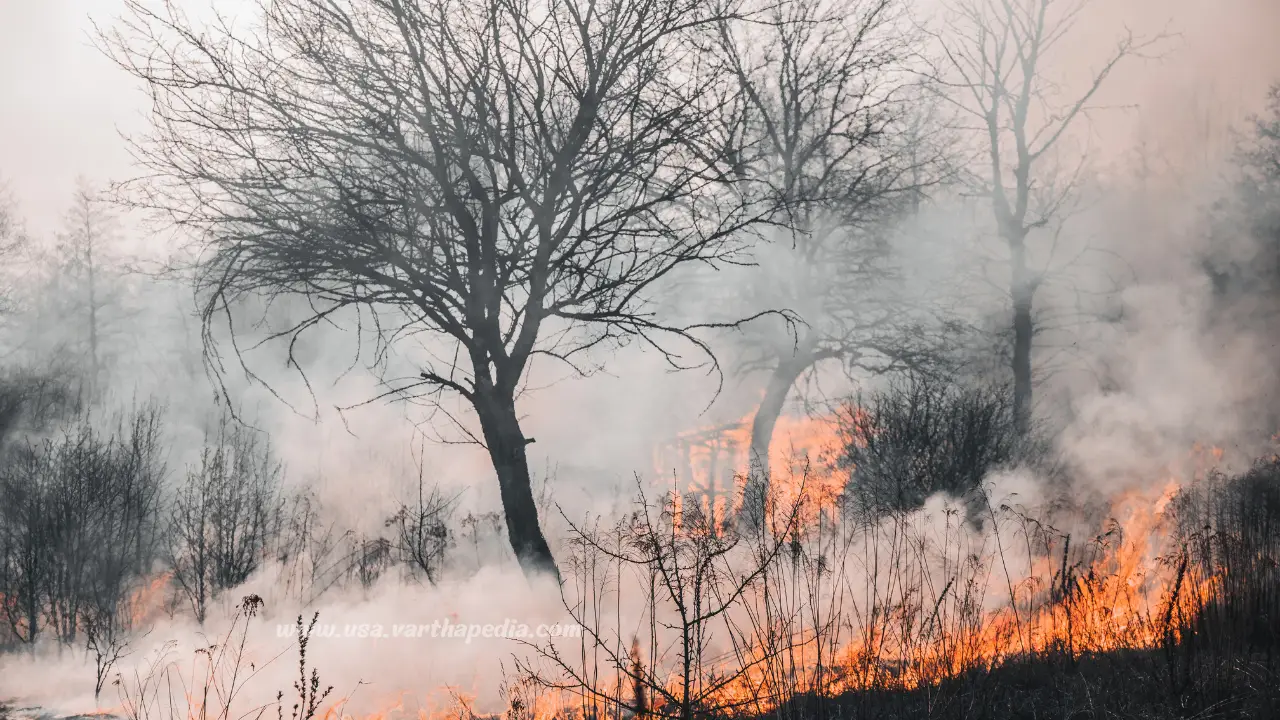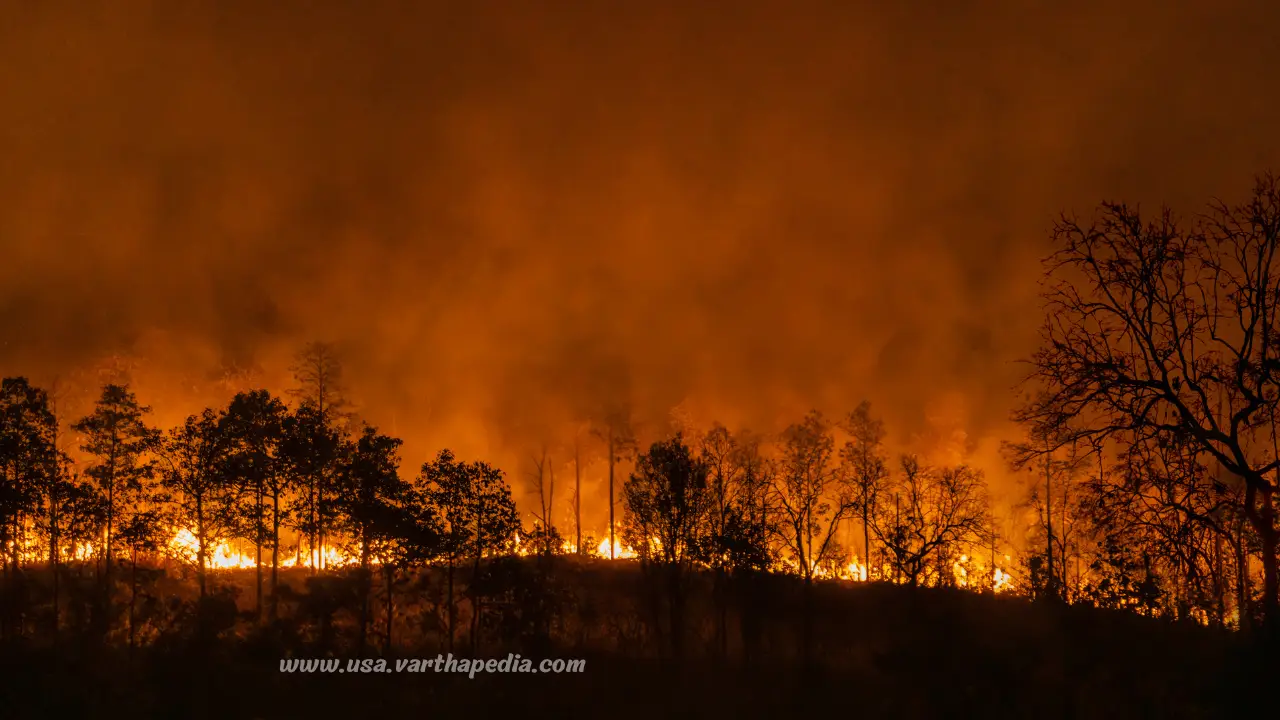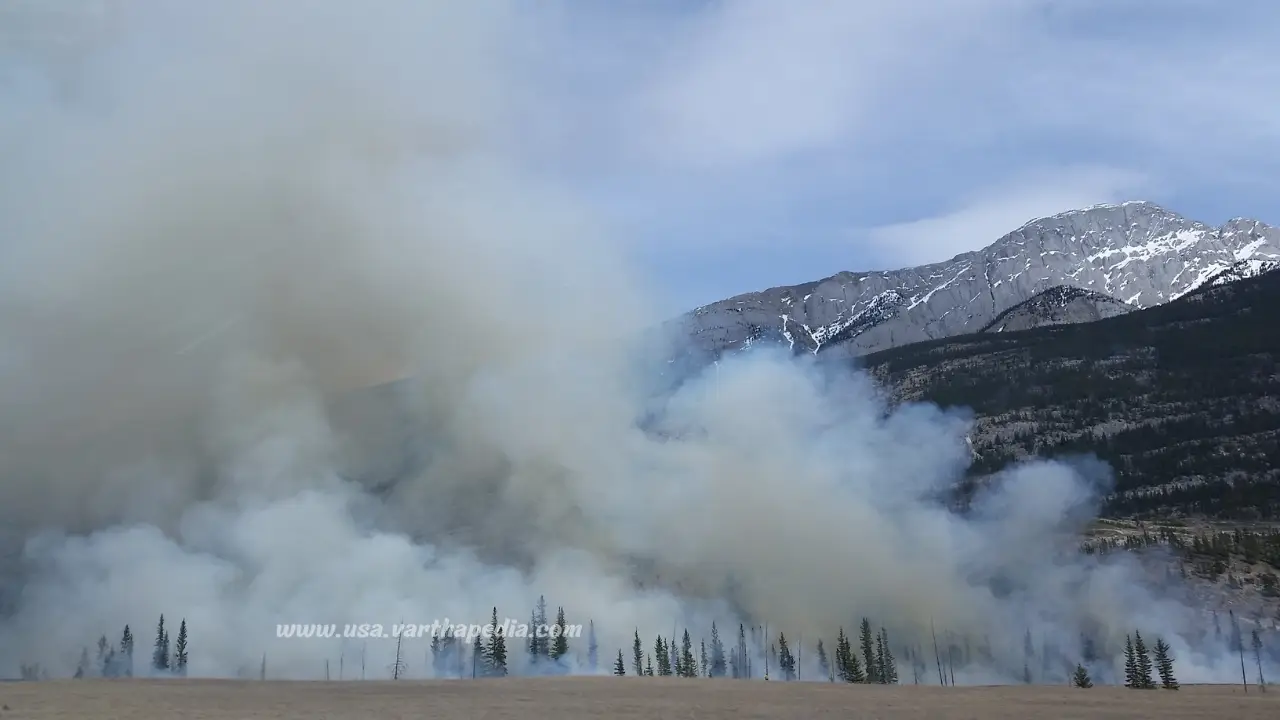Learn about the effects of wildfires smoke on air quality and health. Discover actionable tips to protect yourself during wildfire events and improve air safety.

Impact of Wildfires Smoke on Air Quality and Health
Wildfires are becoming an increasingly frequent and destructive occurrence globally, affecting not only the environment but also the air quality and public health. As these fires rage, they release massive amounts of smoke and particulate matter into the atmosphere, leading to immediate and long-term health risks. This article delves into the effects of wildfire smoke on air quality, the potential health impacts, and measures you can take to protect yourself.
How Wildfires Smoke Affect Air Quality
Wildfires produce smoke containing a complex mixture of gases and fine particles, such as carbon monoxide, nitrogen oxides, volatile organic compounds (VOCs), and particulate matter (PM2.5).
Particulate Matter (PM2.5): These tiny particles are small enough to penetrate deep into the lungs and even enter the bloodstream, causing respiratory and cardiovascular problems.
Carbon Monoxide: This gas can reduce the oxygen-carrying capacity of the blood, leading to symptoms like headaches, dizziness, and in severe cases, loss of consciousness.
Ozone Formation: Wildfires release VOCs and nitrogen oxides, which react in the atmosphere to form ground-level ozone, worsening air pollution.
The decline in air quality due to wildfires can be extensive, often impacting areas hundreds of miles away from the actual fire.
Health Impacts of Wildfire Smoke
Exposure to wildfire smoke can have both short-term and long-term health consequences.
Short-Term Effects
1. Respiratory Irritation: Burning eyes, coughing, throat irritation, and shortness of breath are common immediate symptoms.
2. Worsening of Pre-Existing Conditions: People with asthma, Chronic obstructive pulmonary disease (COPD), or cardiovascular issues may experience severe symptoms.
3. Increased Hospitalizations: During wildfire events, hospitals report spikes in visits related to respiratory and cardiac conditions.
Long-Term Effects
1. Chronic Respiratory Diseases: Prolonged exposure to fine particulate matter can lead to chronic bronchitis and reduced lung function.
2. Cardiovascular Complications: Fine particles contribute to inflammation and increase the risk of heart attacks and strokes.
3. Impact on Vulnerable Groups: Pregnant women, children, and the elderly are more susceptible to long-term health effects.

Who Is Most at Risk?
Certain groups are more vulnerable to the effects of wildfire smoke:
Children: Developing lungs are more sensitive to pollutants.
Elderly Individuals: Reduced immunity and pre-existing health conditions make them more susceptible.
Pregnant Women: Exposure to pollutants can affect fetal development.
Outdoor Workers: Prolonged exposure to polluted air increases the risk for those working outside.
Protective Measures During Wildfires
Taking proactive steps can help reduce exposure to wildfire smoke and its associated health risks:
1. Stay Indoors
– Keep windows and doors closed.
– Use air purifiers with HEPA filters to improve indoor air quality.
– Avoid using anything that burns, such as candles or gas stoves, which can add to indoor pollution.
2. Wear Protective Masks
– Use N95 or P100 respirators to filter out fine particles in the air.
– Avoid using surgical masks, as they do not provide sufficient protection.
3. Monitor Air Quality
– Use apps and websites like [AirNow](https://www.airnow.gov/) or local air quality monitoring systems to stay updated.
– Limit outdoor activities when the air quality index (AQI) is unhealthy.
4. Create a Clean Room
– Designate a room in your home with minimal air infiltration.
– Use portable air cleaners to maintain clean air in this space.
5. Seek Medical Help When Needed
– If you experience symptoms like severe coughing, difficulty breathing, or chest pain, seek medical attention immediately.
Community-Level Solutions
Beyond individual measures, communities can take steps to mitigate the impact of wildfires:
Controlled Burns: Reducing excess vegetation to prevent uncontrollable wildfires.
Air Quality Alerts: Local governments can provide timely warnings to residents.
Improved Building Codes: Designing structures to withstand wildfires and minimize smoke infiltration.

Conclusion
The impact of wildfires on air quality and health is a growing concern as these disasters become more frequent. Understanding the risks and taking preventive measures can significantly reduce health complications associated with wildfire smoke. By staying informed and prepared, we can protect ourselves and our loved ones from the adverse effects of wildfires.

